Archives
- 2018-07
- 2018-10
- 2018-11
- 2019-04
- 2019-05
- 2019-06
- 2019-07
- 2019-08
- 2019-09
- 2019-10
- 2019-11
- 2019-12
- 2020-01
- 2020-02
- 2020-03
- 2020-04
- 2020-05
- 2020-06
- 2020-07
- 2020-08
- 2020-09
- 2020-10
- 2020-11
- 2020-12
- 2021-01
- 2021-02
- 2021-03
- 2021-04
- 2021-05
- 2021-06
- 2021-07
- 2021-08
- 2021-09
- 2021-10
- 2021-11
- 2021-12
- 2022-01
- 2022-02
- 2022-03
- 2022-04
- 2022-05
- 2022-06
- 2022-07
- 2022-08
- 2022-09
- 2022-10
- 2022-11
- 2022-12
- 2023-01
- 2023-02
- 2023-03
- 2023-04
- 2023-05
- 2023-06
- 2023-08
- 2023-09
- 2023-10
- 2023-11
- 2023-12
- 2024-01
- 2024-02
- 2024-03
- 2024-04
- 2024-05
- 2024-06
- 2024-07
- 2024-08
- 2024-09
- 2024-10
- 2024-11
- 2024-12
- 2025-01
- 2025-02
- 2025-03
- 2025-04
- 2025-09
- 2025-10
-
Numerous epidemiological studies document fewer cardiovascul
2024-04-15
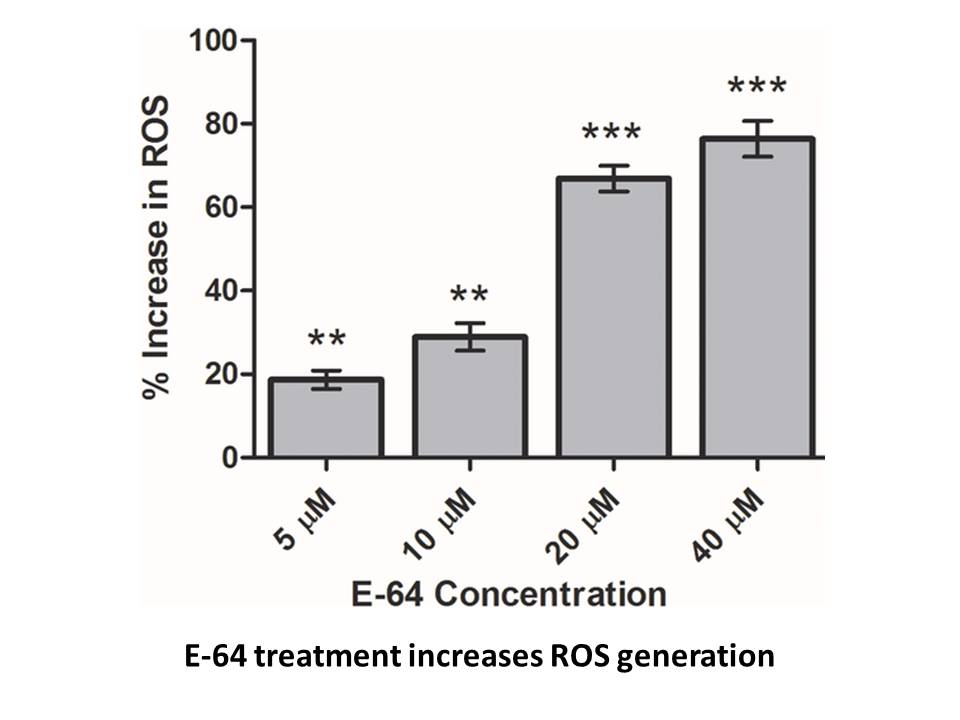
Numerous epidemiological studies document fewer cardiovascular events and increased survival of non-CKD individuals treated with angiotensin-converting enzyme inhibitors/angiotensin receptor blockers (ACEI/ARBs) [8], [9]. By contrast, there are few studies of cardiovascular benefits of interruption
-
br Acknowledgments br Introduction Angiotensin II AngII
2024-04-15

Acknowledgments Introduction Angiotensin II (AngII) is among the most potent vasoactive substances produced in humans. Its effects are numerous, from vasoconstriction to control of fluid and electrolytes balances. Many of the physiological and pathological effects of AngII are mediated by the
-
Numerous epidemiological studies document fewer cardiovascul
2024-04-15
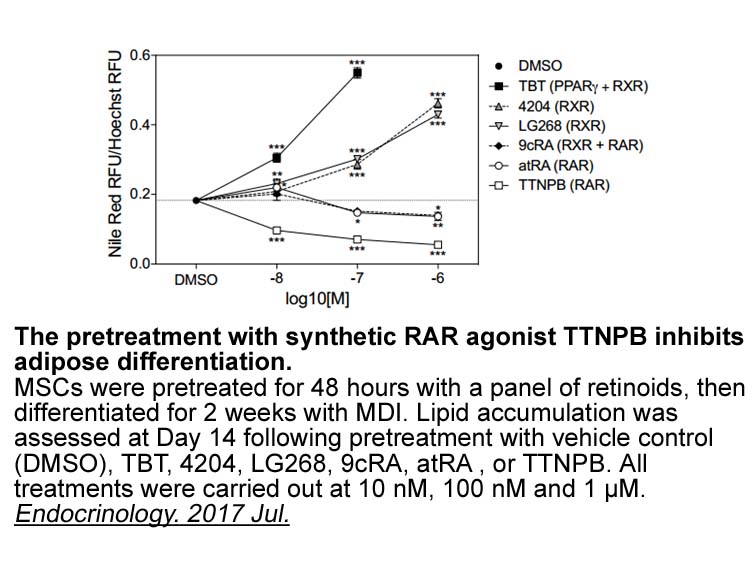
Numerous epidemiological studies document fewer cardiovascular events and increased survival of non-CKD individuals treated with angiotensin-converting enzyme inhibitors/angiotensin receptor blockers (ACEI/ARBs) [8], [9]. By contrast, there are few studies of cardiovascular benefits of interruption
-
Negative regulation of AR expression by
2024-04-15
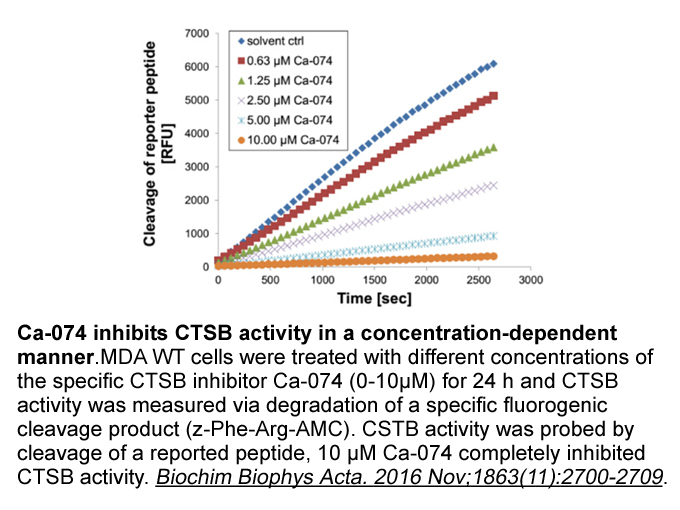
Negative regulation of AR expression by NFκB was also correlated with the ‘age-dependent desensitisation’ of androgen action in the rat liver (Supakar et al., 1995). In this case the binding site was mapped upstream of the gene to sequences −555 to −565 bp, that binds heterodimers of p65 and p50, as
-
APN accounts for of total plasma
2024-04-13
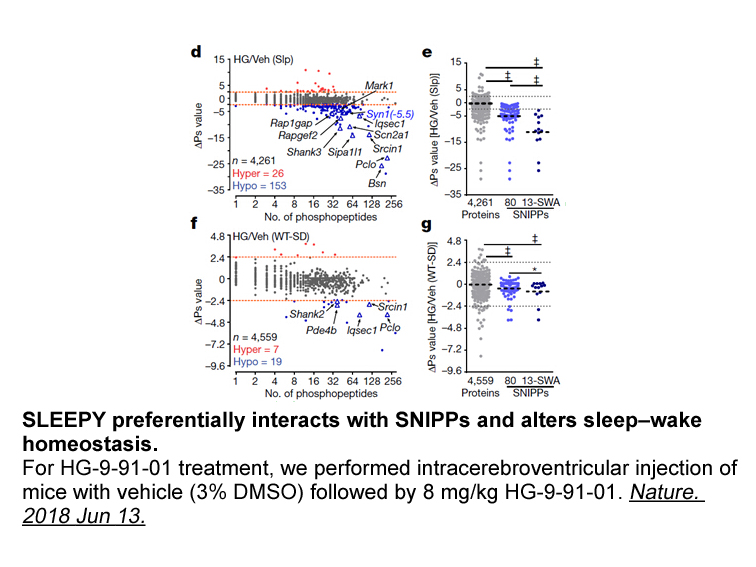
APN accounts for 0.01% of total plasma proteins in humans; this proportion increases with age to a small extent (Barb et al., 2007). Normal APN levels in the circulation range 3–30μg/mL (Aprahamian and Sam, 2011). APN levels are lower in men than women due to the presence of testosterone and even mo
-
mln4924 sale Given the profound expression of
2024-04-13
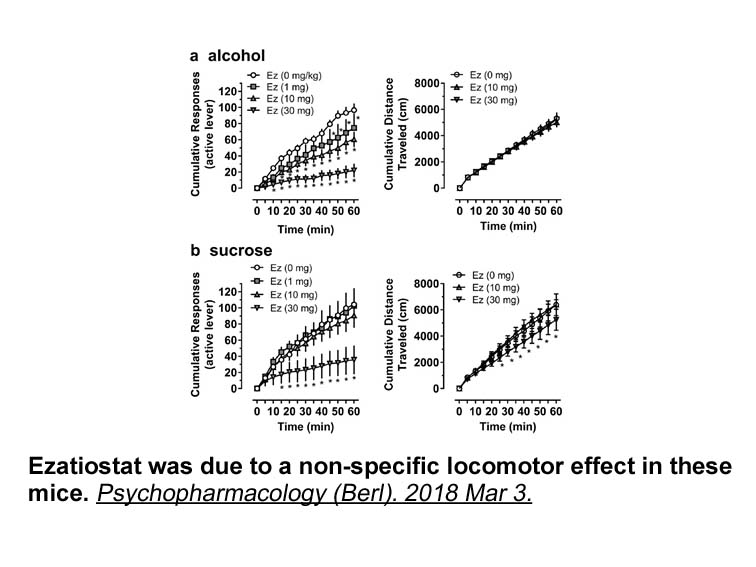
Given the profound mln4924 sale of 5-HT1A and 5-HT2A in the hippocampal CA1 region, and their potential to complex with mGluRs, the objective of this study was to examine if sleep deprivation alters the expression of 5-HT1A and 5-HT2A receptors and determine whether potential changes are reversible
-
HT receptors are distributed throughout
2024-04-13
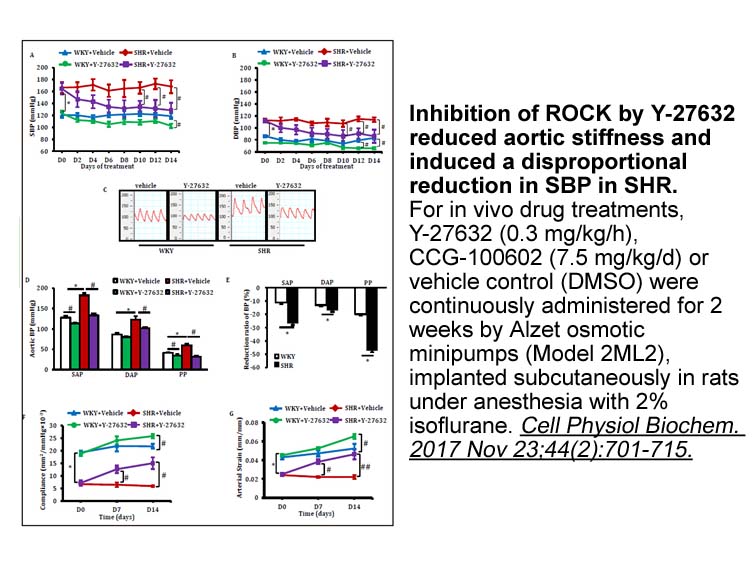
5-HT3 receptors are distributed throughout the brain, within the brainstem (e.g., nucleus tractus solitarius, area postrema and spinal trigeminal nucleus) and paroxetine hydrochloride (e.g., hippocampus, amygdala, nucleus accumbens, putamen and caudate) (Abi-Dargham et al., 1993, Barnes et al., 1989
-
A highly attenuated B pertussis strain named BPZE has recent
2024-04-13
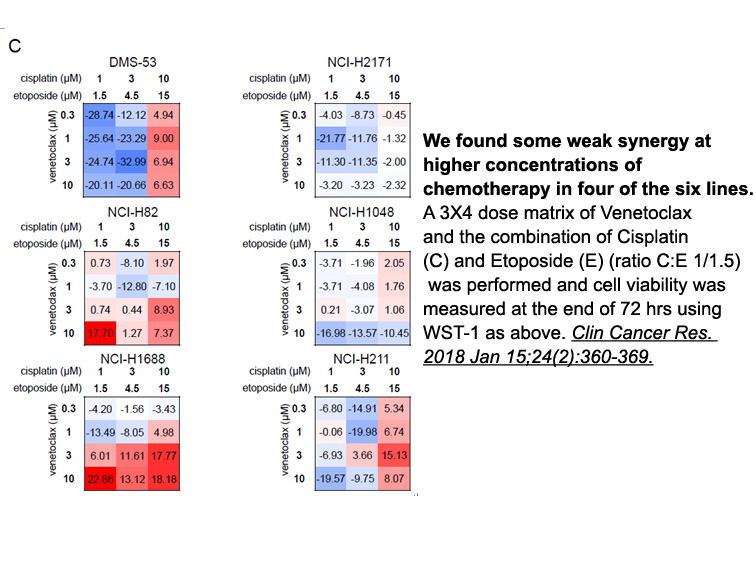
A highly attenuated B. pertussis strain, named BPZE1, has recently been described [10]. It produces enzymatically inactive pertussis toxin (PT), no dermonecrotic toxin and only trace amounts of tracheal cytotoxin. Markedly reduced lung pathology was observed in mice intranasally (i.n.) infected with
-
br ACK signaling partners ACK
2024-04-13
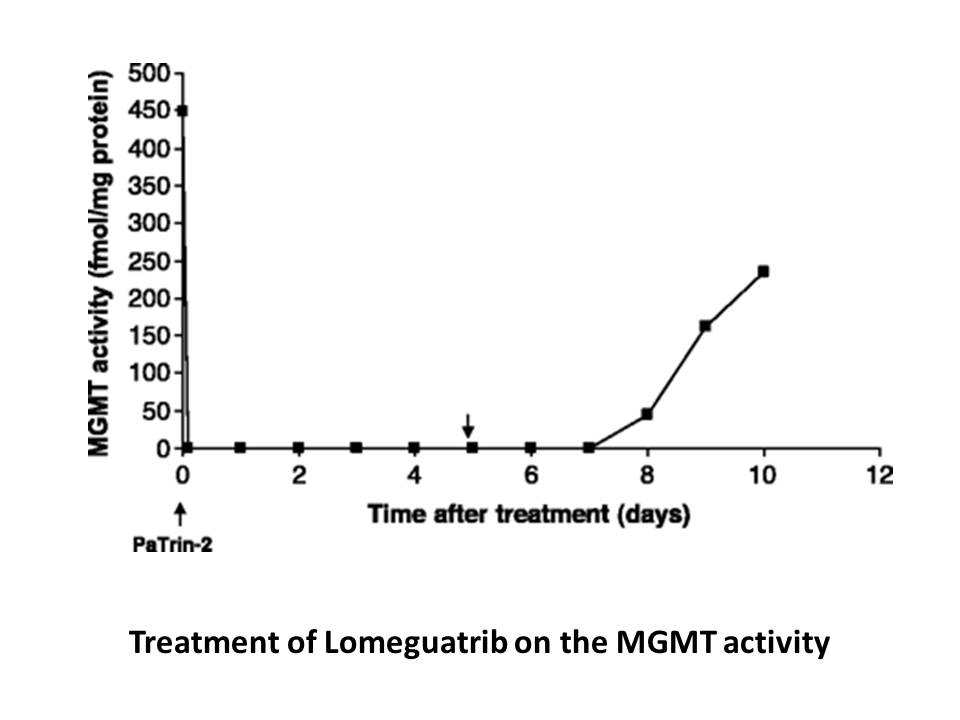
ACK1 signaling partners ACK1 interacts with and tyrosine phosphorylates many cellular proteins regulating critical cellular processes [11]. While ACK1 shares common intracellular effectors such as AKT with other signaling pathways, it imparts specificity to signaling by phosphorylating effectors
-
Our results using RT PCR confirm earlier findings Wilisch et
2024-04-13
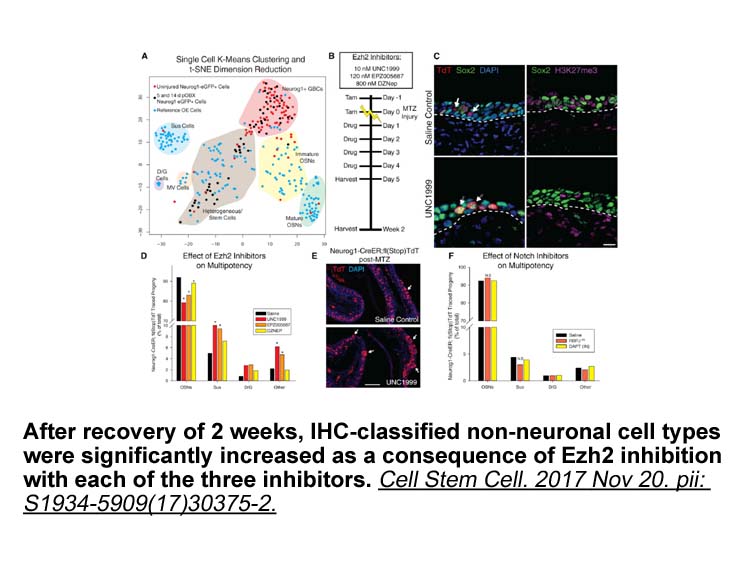
Our results using RT-PCR confirm earlier findings (Wilisch et al., 1999, Bruno et al., 2004) including the presence of both the P3A+ and P3A− isoforms of the α-subunit (Beeson et al., 1990). The lack of detection of the ε-subunit mRNAs in some thymomas, and lack of α-, β-, δ- and γ-subunit mRNAs by
-
br Materials and methods br Results br Discussion Recent
2024-04-13
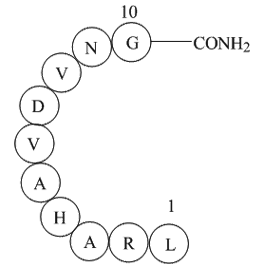
Materials and methods Results Discussion Recent studies have highlighted CAY10603 and autophagy as novel targets for the treatment of liver fibrosis [7,14]. In this study, we demonstrated that catalpol protected the rat liver from CCl4-caused injury and fibrogenesis in vivo and in vitro for
-
Purification of Rv c In order
2024-04-13
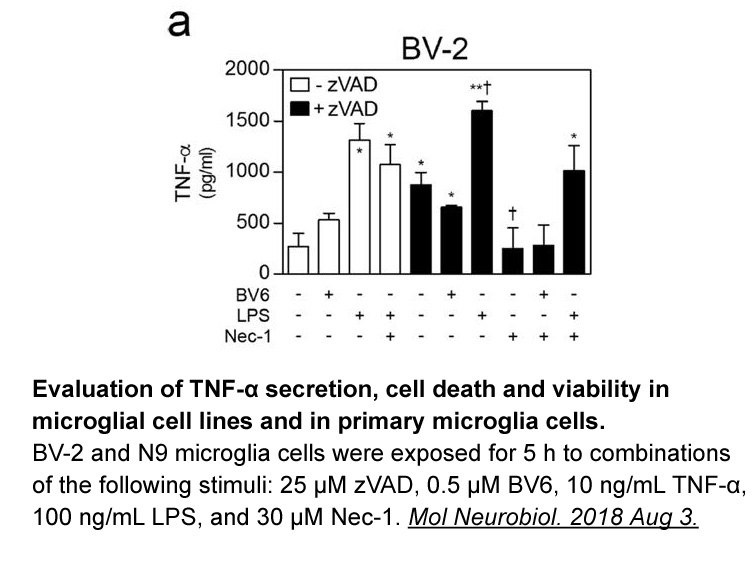
Purification of Rv2477c. In order to investigate the catalytic capabilities of Rv2477c, we expressed the protein as an N-terminal histidine-tagged fusion protein in E. coli BL21 cells and purified the protein by cobalt-affinity chromatography. As shown in Fig. 2A, the 65 kDa fusion protein was expre
-
Plasma apelin levels predict the major cardiovascular event
2024-04-12
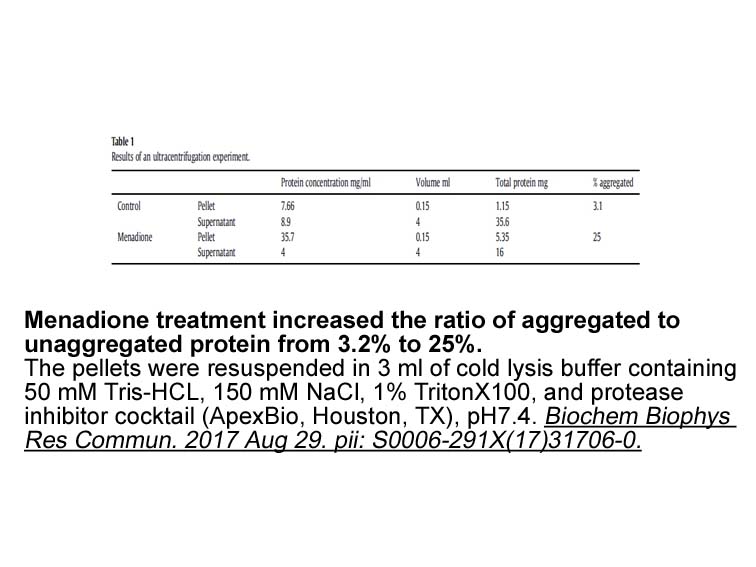
Plasma apelin levels predict the major cardiovascular event after percutaneous coronary intervention in patients with ST elevation myocardial infarction (STEMI), and adverse events are higher in patients with lower plasma apelin levels [75]. Apelin and its receptor are markedly upregulated in the he
-
The physiologic conditions and signaling mechanisms that reg
2024-04-12
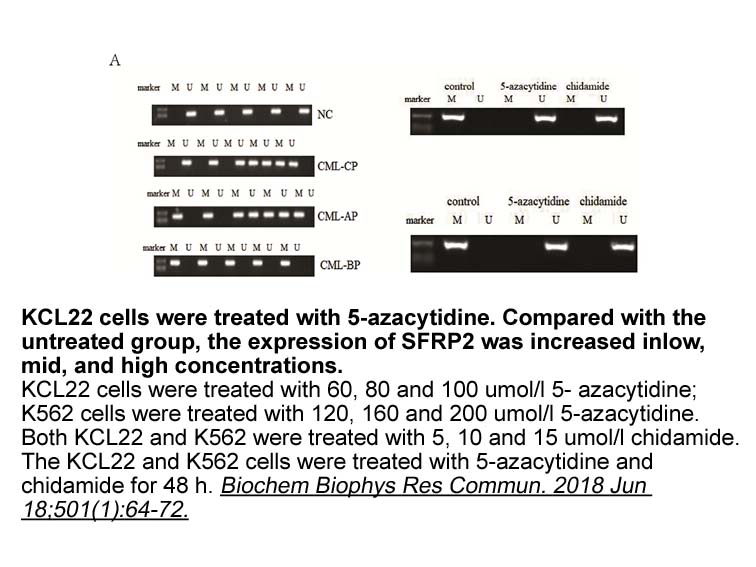
The physiologic conditions and signaling mechanisms that regulate apelin secretion and APLNR expression in malignant tissues appear to be multifactorial. Previous studies have shown that hyperplastic and neoplastic cholangiocytes secrete a variety of hormones, peptides, and growth factors that help
-
br MADS box proteins in plants a flourishing family In
2024-04-12
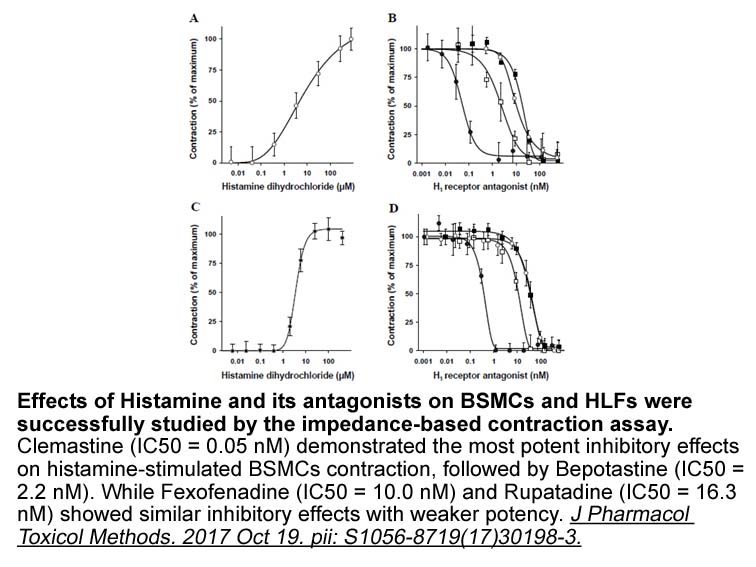
MADS box proteins in plants, a flourishing family In contrast to animals, homeotic genes in plants do not code for homeodomain-containing proteins, but rather, in almost all cases, for MADS domain proteins. The sequencing of the genome of Arabidopsis thaliana revealed more than 100 putative MADS
15903 records 171/1061 page Previous Next First page 上5页 171172173174175 下5页 Last page